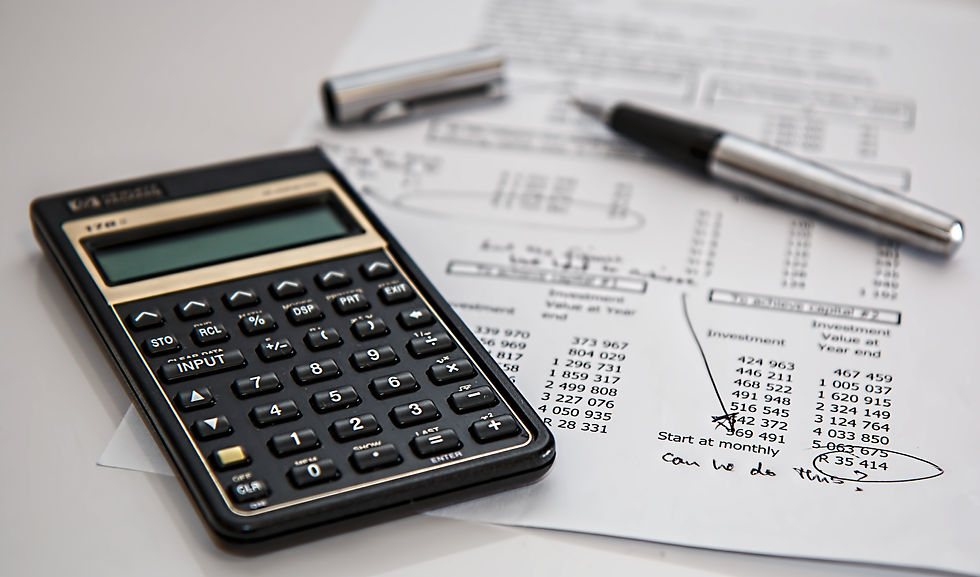The Basics Of Applying For Duty Drawbacks

At Image International Freight we specialise in duty drawbacks for clients. We understand that there is a great need for more information about the what, where, when, why, and how to duty drawbacks and why it is significant for your business, ensuring you're eligible and processing of these claims.
Duty drawbacks in Australia are a way to refund or offset import duties, taxes, and charges paid on goods when they are later exported. This encourages businesses to export goods by reducing the overall cost of production. Essentially, it prevents businesses from being taxed twice on the same goods—once when imported and again when exported.
We've compiled a summary of the basics of applying for duty drawbacks and some explanations that may help you and your business:
So let's start with the basics, what is a duty drawback?
A duty drawback is a refund or exemption of customs duties, taxes, and fees that were imposed on imported goods but are refunded or not collected when those goods are re-exported or used in the production of goods for export. The purpose of duty drawbacks is to promote exports, stimulate domestic manufacturing, and make imported raw materials more competitive.
Who is eligible for duty drawbacks in Australia?
In Australia, eligibility for duty drawbacks is generally limited to the following entities:
Exporter: The entity exporting the goods must be eligible for duty drawbacks. This typically includes Australian residents or entities registered for Goods and Services Tax (GST) purposes.
Importer: The importer must have paid the relevant duties, taxes, and charges on the imported goods. The importer can be the same entity as the exporter or a different entity.
Goods: The goods being exported must have been previously imported into Australia and have had duties, taxes, and charges paid on them. The goods must also meet any specific eligibility criteria set by the Department of Home Affairs.
Documentation: The exporter must provide sufficient documentation to support the duty drawback claim, including evidence of importation, payment of duties, and proof of export.
It's important to note that the eligibility criteria for duty drawbacks may vary depending on the specific circumstances and the type of goods involved. It's advisable to consult with a customs broker, such as Image International Freight, or legal advisor familiar with Australian customs regulations for detailed guidance.
How can a business apply for duty drawbacks in Australia?
In Australia, businesses can apply for duty drawbacks through the Department of Home Affairs. Here's a general process:
Eligibility Check: Ensure that your business and the goods you're exporting meet the eligibility criteria for duty drawbacks. This includes having paid the relevant duties, taxes, and charges on the imported goods.
Application Preparation: Prepare all necessary documentation, including details of the imported goods, evidence of payment of duties, and proof of export (such as bills of lading or airway bills).
Lodge the Application: Submit your application for duty drawback to the Department of Home Affairs. You can usually do this electronically through the Integrated Cargo System (ICS) or by paper application.
Verification and Approval: The Department will verify the details provided in your application and, if everything is in order, approve the duty drawback.
Payment: Once approved, you will receive the refund or offset of the duties, taxes, and charges paid on the imported goods.
It's important to note again that the process and requirements may vary depending on the specific circumstances and the type of goods involved. It's advisable to consult with a customs broker, such as ourselves, or a legal advisor familiar with Australian customs regulations for detailed guidance. How does a customs broker apply for duty drawbacks on your behalf in Australia? In Australia, customs brokers can apply for duty drawbacks on behalf of their clients. Here's how we typically do it, it can be quite an involved process:
Authorisation: The client (importer/exporter) authorises the customs broker to act on their behalf for duty drawback applications. This is usually done through a written agreement or authorisation letter.
Documentation: The customs broker collects all necessary documentation from the client, including details of the imported goods, evidence of duty payment, and proof of export.
Application Preparation: Using the information provided, the customs broker prepares the duty drawback application. They ensure that all required information is included and that the application complies with Australian customs regulations.
Lodgement: The customs broker lodges the duty drawback application with the Department of Home Affairs on behalf of the client. This can be done electronically through the Integrated Cargo System (ICS) or by paper application.
Follow-up and Communication: The customs broker communicates with the Department of Home Affairs on behalf of the client to follow up on the application and provide any additional information or clarification that may be required.
Payment: If the duty drawback application is approved, the customs broker ensures that the client receives the refund or offset of the duties, taxes, and charges paid on the imported goods.
Throughout the process, the customs broker acts as the intermediary between the client and the Department of Home Affairs, ensuring that all requirements are met and that the application is processed efficiently.
If you would like to discuss Image International Freight acting as your intermediary to process duty drawbacks please contact us today, we can advise of costs (usually a small percentage of the estimated refundable amount) sort an authorisation letter, and begin to sort your refund! Call us today to arrange a consultation with our expert team, +61 2 9773 1378.







Comments